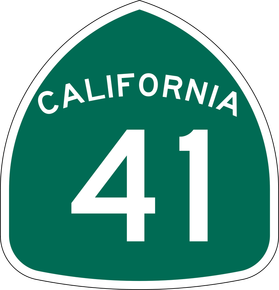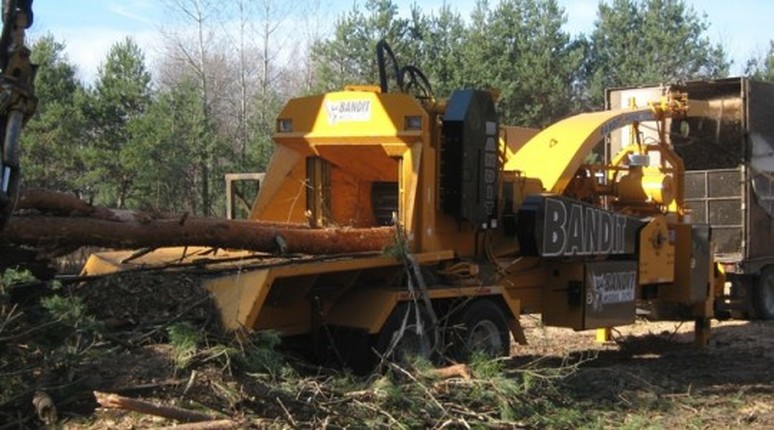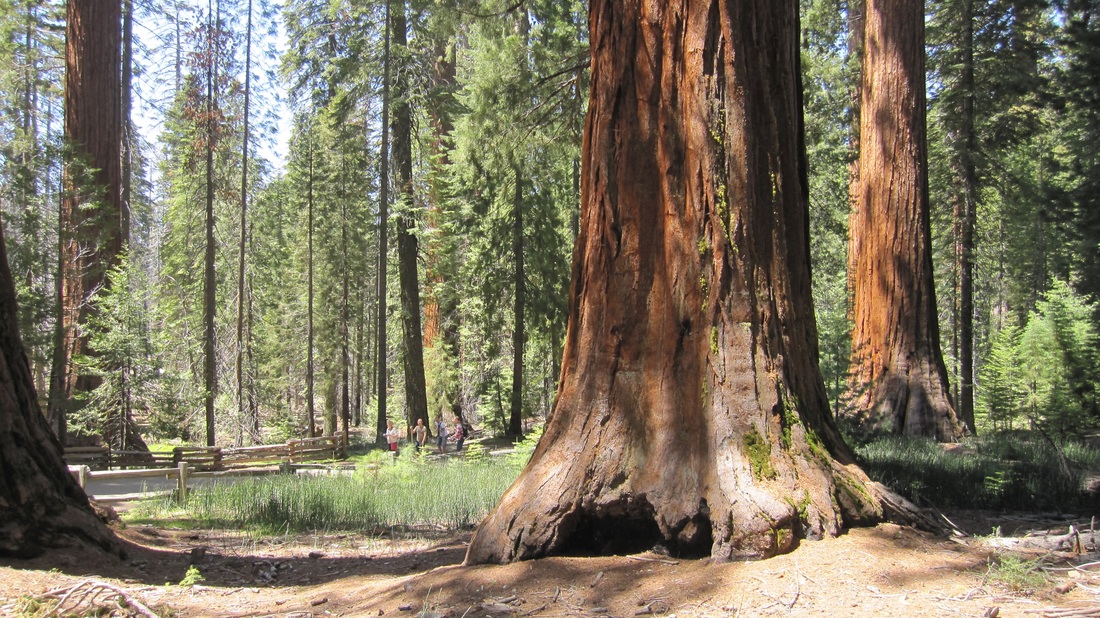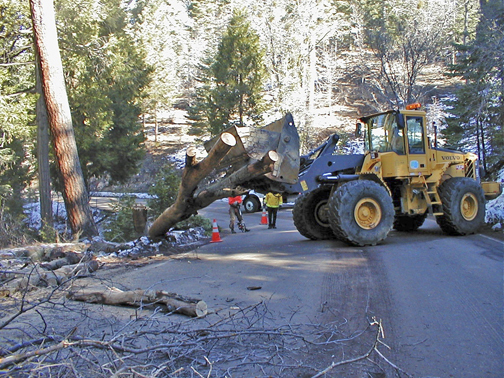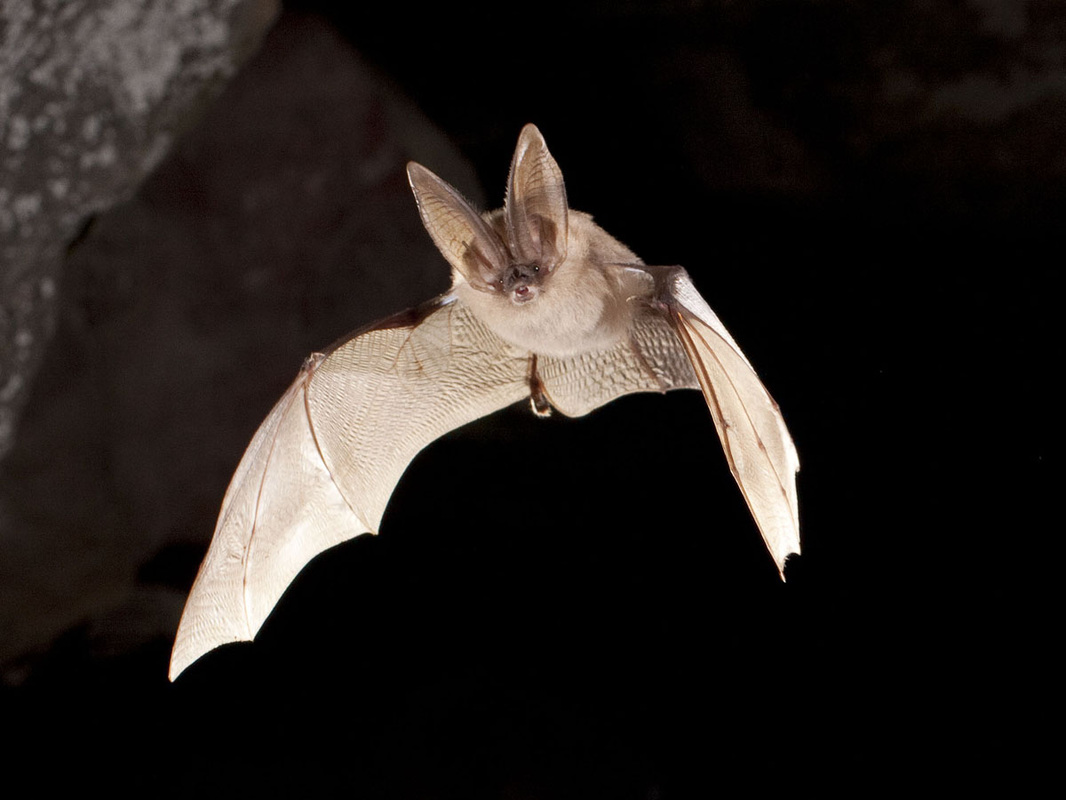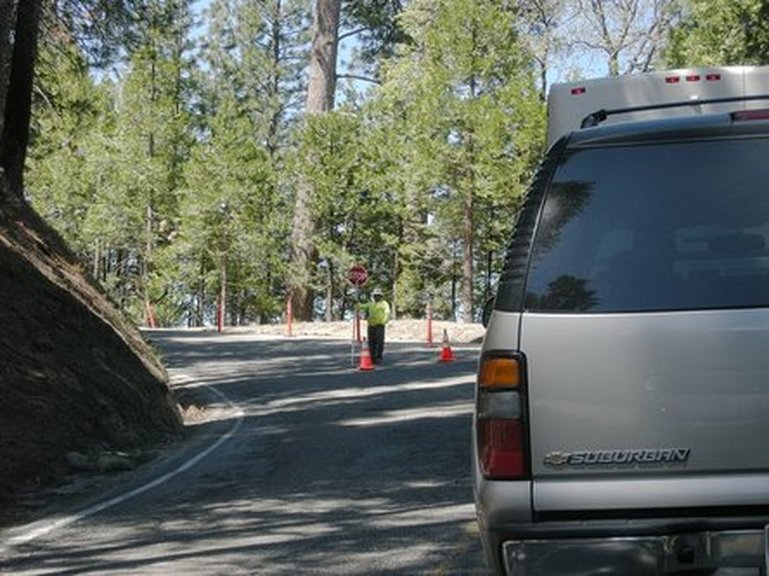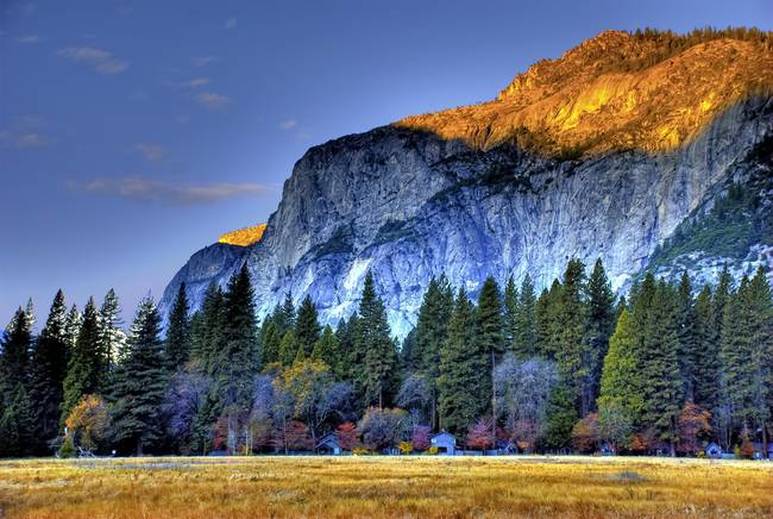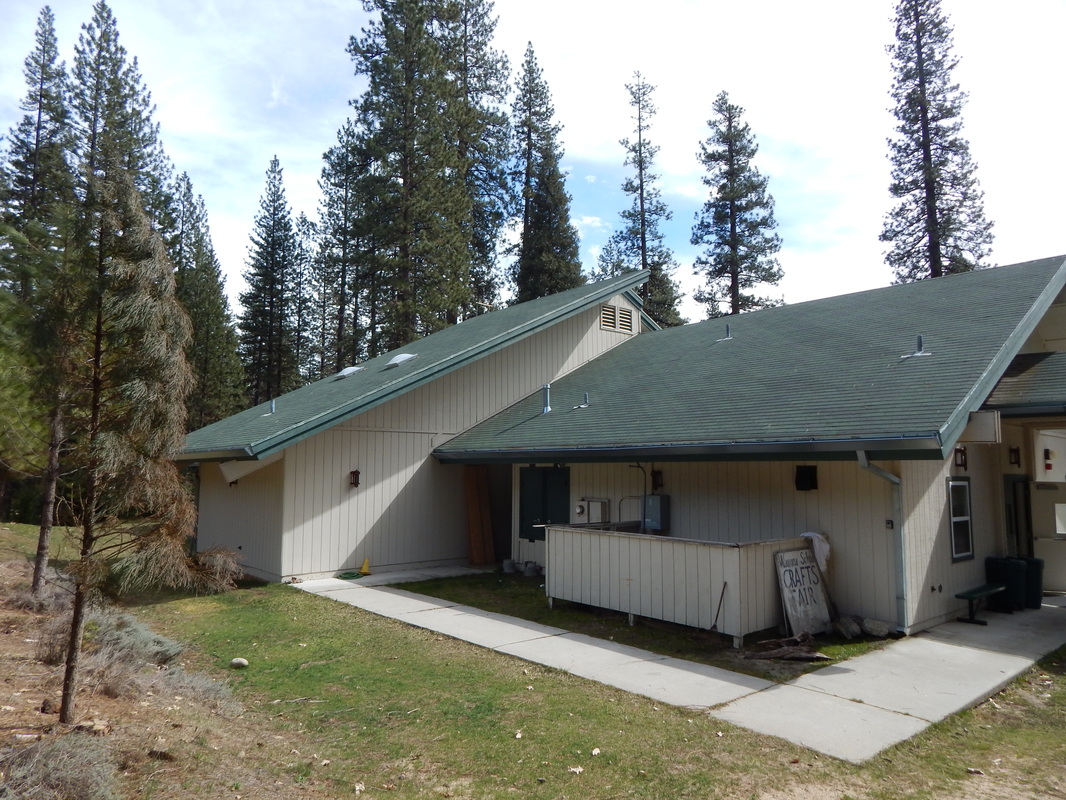WawonaNews.com - October 2016
Endangered frog rebounding in Yosemite
A native California frog once on the brink of extinction is making an encouraging comeback in Yosemite National Park, raising hopes for amphibians like it worldwide that are dying off at an alarming rate, researchers said Monday.
The Sierra Nevada yellow-legged frog—little more than 3 inches long and known for the coloring under its hind legs—was once the most abundant amphibian in the mountain range.
They were so numerous that they bounded by the dozens into lakes and streams with each step of an approaching person, said lead researcher Roland Knapp of the University of California Sierra Nevada Aquatic Research Laboratory.
Their numbers began to plummet roughly a century ago as they were gobbled up by non-native trout stocked for fishing. Disease later struck, removing them from 90 percent of their native habitat in the Sierra, scientists say.
Efforts to save the frog from extinction have led to a sevenfold increase in their numbers in Yosemite in the last 20 years, said Knapp, who charted the frog's rebound in a study published Monday in the Proceedings of the National Academy of Sciences.
"It's got a long way to go to get to where it was," he said. "It's certainly an important milestone."
Park officials stopped stocking non-native fish in some Yosemite lakes, helping the comeback, and it appears that the frog has developed a resistance to the disease deadly to amphibians, called the chytrid fungus.
The disease has led to the extinction of more than 200 species of amphibians around the world in the last 30 years, Knapp said.
The frog's ability to develop a resistance, combined with better management practices, could reverse the decline of amphibians elsewhere, researchers say.
The rebound of the yellow-legged frog is limited to Yosemite, which makes up 13 percent of its historical habitat in the Sierra. Researchers say that elsewhere in the range, the frog remains scarce.
It is still protected as a federally endangered species, and state wildlife officials consider it threatened in California.
Yosemite National Park called the rebound a rare success story in the world of endangered species, and one that made them hopeful the yellow-legged frog would eventually come off the endangered list.
"A lot of people think that species linger on this list in perpetuity and we very rarely see species coming off the list," said Rob Grasso, the park's aquatic ecologist.
"This shows it can be done, and even such an imperiled species as the Sierra Nevada yellow-legged frog can recover when the odds are highly stacked against it," Grasso said. "One day, it could be off the list. This gives us tremendous hope."
The Sierra Nevada yellow-legged frog—little more than 3 inches long and known for the coloring under its hind legs—was once the most abundant amphibian in the mountain range.
They were so numerous that they bounded by the dozens into lakes and streams with each step of an approaching person, said lead researcher Roland Knapp of the University of California Sierra Nevada Aquatic Research Laboratory.
Their numbers began to plummet roughly a century ago as they were gobbled up by non-native trout stocked for fishing. Disease later struck, removing them from 90 percent of their native habitat in the Sierra, scientists say.
Efforts to save the frog from extinction have led to a sevenfold increase in their numbers in Yosemite in the last 20 years, said Knapp, who charted the frog's rebound in a study published Monday in the Proceedings of the National Academy of Sciences.
"It's got a long way to go to get to where it was," he said. "It's certainly an important milestone."
Park officials stopped stocking non-native fish in some Yosemite lakes, helping the comeback, and it appears that the frog has developed a resistance to the disease deadly to amphibians, called the chytrid fungus.
The disease has led to the extinction of more than 200 species of amphibians around the world in the last 30 years, Knapp said.
The frog's ability to develop a resistance, combined with better management practices, could reverse the decline of amphibians elsewhere, researchers say.
The rebound of the yellow-legged frog is limited to Yosemite, which makes up 13 percent of its historical habitat in the Sierra. Researchers say that elsewhere in the range, the frog remains scarce.
It is still protected as a federally endangered species, and state wildlife officials consider it threatened in California.
Yosemite National Park called the rebound a rare success story in the world of endangered species, and one that made them hopeful the yellow-legged frog would eventually come off the endangered list.
"A lot of people think that species linger on this list in perpetuity and we very rarely see species coming off the list," said Rob Grasso, the park's aquatic ecologist.
"This shows it can be done, and even such an imperiled species as the Sierra Nevada yellow-legged frog can recover when the odds are highly stacked against it," Grasso said. "One day, it could be off the list. This gives us tremendous hope."
Your browser does not support viewing this document. Click here to download the document.
Your browser does not support viewing this document. Click here to download the document.
$5 million tree removal project begins in Mountain Area
By Mark Evan Smith
[email protected]
Beginning next week, an empty lot on Highway 41 adjacent to 47th Place Carpet One in Oakhurst will be used to ‘chip’ more than 10,000 dead trees being cut down along Highways 41 and 49.
It’s part of an extensive $5 million, five-month tree removal project headed by Caltrans.
In order to help keep the public safe, large sections of highways 41 and 49 are slated for hazardous tree removal, Caltrans spokesman Cory Burkarth said.
“This is a very important project in terms of safety,” Burkarth said. “We’ve seen a lot of wildfires across the state this year, and I think that has highlighted the need to do something with all of these dead trees ... so this is a preventive step to not only protect passing motorists and keeping the roadway safe, but also to protect area homes, businesses, and residents.”
Along Highway 41, trees will be removed beginning shortly north of Morava Road in Coarsegold, Burkarth said, all the way up to 4.9 miles past the Madera/Mariposa county line south of Fish Camp - a total distance of more than 26 miles.
On Highway 49, trees will be removed beginning at its intersection with Highway 41 in Oakhurst, up to the Madera/Mariposa county line near Nipinnawasee.
Drivers should expect delays of up to 15 minutes whenever a fallen tree needs to be removed from the road, but those delays will be rare, Burkarth said. Work will be performed from 7 a.m. - 7 p.m. Monday through Friday, weather permitting.
“It’s our practice to advise the public that delays may last up to 15 minutes,” Burkarth said. “While we may not necessarily expect delays to last that long, we advise the public to plan for (one).”
The project is estimated to last for 150 working days when chipping begins next week, Burkarth said. Somewhere between 15-25 workers will be on the project including traffic control, tree falling, and chipping and log operations, he added, with up to 15,000 trees possibly cut down, based on initial estimates.
All the chipped material will be hauled to a biomass plant in either Rio Bravo or Chinese Camp, Burkarth said, then used to generate power provided to Pacific Gas and Electric Company. The material is purchased anywhere from $3-$5 a ton, and each truck averages a haul of about 12-18 tons.
The $5 million tree removal contract is with Teichert Construction and subcontractor Sierra Mountain Construction Company. Teichert also headed the 1.7-mile long passing lanes on Highway 41 near Road 208, which were completed Sept. 19.
The project follows Gov. Jerry Brown’s emergency proclamation on tree mortality last October, with $46 million, and growing, allocated by Caltrans to tree removal in a 10-county area thus far. More than 66 million trees are expected dead or dying in California due to a combination of drought conditions and bark beetle infestations.
Mariposa Grove Prescribed Fire
Yosemite National Park fire managers are planning a 137 acre Mariposa Grove prescribed fire possibly on Sunday October 2, 2016, weather and air quality permitting. Ignition will take approximately two days with an additional seven to 14 days of active burn down.
Smoke will be present during the prescribed fire and in the Wawona area. Fire managers are working with the Mariposa County Air Pollution Control District (MCAPCD) to time the project to coincide with favorable weather and smoke dispersion conditions. Smoke, affecting health, is always a consideration in the decision to schedule prescribed fires. A smoke management plan has been submitted to the MCAPCD, and a burn permit has been issued. A smoke monitor will be placed in nearby communities to monitor smoke.
Historically, natural fire burned an average of 16,000 acres annually in Yosemite National Park and played an integral role in shaping Yosemite’s ecosystem. Yosemite’s Fire Management Program works to balance the protection of life, property, and natural and cultural resources with the restoration of fire as a natural process. Due to decades of fire suppression (actively putting out any fire that started), many areas have become overgrown, unhealthy, and increasingly vulnerable to catastrophic wildfire.
The Mariposa Grove project is near the top of the Grove from Wawona Point to the south. Fire managers want to take advantage of the Mariposa Grove closure to conduct the project. The Grove is closed to the public because of a major restoration project. Burning at this time will minimize impacts to public use. Burning in the Mariposa Grove is a continuous process; the targeted areas have had 1-3 prescribed fires in the past 30 years, and continued burning is required to maintain healthy forest conditions. Fire produces the optimum conditions for Giant Sequoia reproduction and propagation. Fire not only removes the accumulated layers of dead woody debris exposing nutrient rich mineral soil, but dries the cones allowing the seeds to shed. In addition, fire creates holes in the forest canopy, while eliminating shade tolerate competition.
Park employees, community members, and visitors can expect to see fire personnel from various federal and state agencies conducting burning operations during the Mariposa Grove prescribed fire.
For More Information
Fire Information: [email protected] (209) 372-0480
Yosemite National Park Fire Information website: http://www.nps.gov/yose/blogs/fireinfo.htm.
Yosemite Wildland Fire Facebook: https://www.facebook.com/Yosemite-Fire-and-Aviation-124632964255395/
Yosemite Fire Twitter: https://twitter.com/yosemitefire
California Smoke Blog online access: http://californiasmokeinfo.blogspot.com/
Tree Removal Delays on Highway 41 Near Fish Camp
|
Beginning Monday, Sept. 26, one-way traffic controls will be in effect on Highway 41 near Fish Camp, starting at the county line between Madera and Mariposa, as part of a tree removal project, Caltrans spokesman Cory Burkarth said.
The controls, with weather permitting, will run from 7 a.m. until 7 p.m. each day until Friday, Sept. 30. Delays up to 15 minutes are expected when fallen trees are removed from the roadway. Closures may continue for longer periods each day if necessary. Commuters are reminded to obey flagging personnel and pay close attention to maintenance vehicles and personnel at all times. |
Your browser does not support viewing this document. Click here to download the document.
Yosemite Fire Update #7 –September 13, 2016
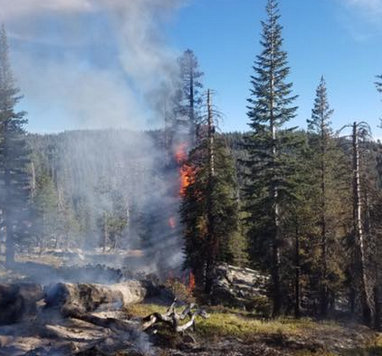 Lakes Fire
Lakes Fire
AHWAHNEE MEADOW – Prescribed Fire
Mariposa County
The prescribed fire at Ahwahnee Meadow concluded today; a total of 62 acres were successfully completed. Smoke will be present in the area during the next two to four days; fire resources will remain in the area to monitor conditions.
The objective of this prescribed burn was ecosystem restoration. Historically, natural fire burned an average of 16,000 acres annually in Yosemite National Park and played an integral role in shaping Yosemite’s ecosystem. Yosemite’s Fire Management program is designed to balance the protection of life, property and natural and cultural resources with the continuation of fire as a nature process. Applying fire under prescribed conditions mimics the frequent, low intensity, lightning caused fires. Fire also allows for the recycling of nutrients to the soil, which encourages the germination and regrowth of plants, shrubs, and trees.
LAKES – 37 35.6 x 119 33.6 approximate 8000 feet elevation
Mariposa County
The Lakes Fire in the Chilnualna Lakes area, between Turner Meadow and Buena Vista Peak, is a lightning caused fire that is being managed for multiple objectives. An aerial flight was performed on September 10, 2016 and the fire was reported to be 755 acres in size. The fire had previously spread to the area of the 1999 Chil Fire area and is most active on the northwest and west edge of the perimeter. Smoke has been visible from various locations within the park and surrounding area.
Yosemite National Park Superintendent, Don Neubacher, signed a trail closure effective August 25, 2016, as the fire had crossed the trail along Chilnualna Creek. The trail section between Turner Meadow (beyond the top of Chilnualna Fall) and Buena Vista Lake is included in the closure.
Nancy Phillipe
Yosemite National Park
Emergency Communications Center Manager
Detailed to Yosemite Fire Information
209-620-6431 Work Cell
209-372-0480 Office Fire Info Landline
Ahwahnee Meadow Controlled Burn Time-Lapse Video
Yosemite Fire Update #6 –September 12, 2016
AHWAHNEE MEADOW – Prescribed Burn
Mariposa County
Ignition of the 62 acre prescribed burn at Ahwahnee Meadow began today; a total of 50 acres were completed. The remaining 12 acres will be scheduled for ignition tomorrow morning, Tuesday September 13, 2016.
Smoke will be present during burning operations. Smoke, affecting health, is always a consideration in the decision to schedule prescribed fires. Community members and visitors who are sensitive to smoke may want to close their windows and doors and/or consider leaving the area during active ignition of the project in order to reduce exposure.
The objective of this prescribed burn is ecosystem restoration. Historically, natural fire burned an average of 16,000 acres annually in Yosemite National Park and played an integral role in shaping Yosemite’s ecosystem. Yosemite’s Fire Management program is designed to balance the protection of life, property and natural and cultural resources with the continuation of fire as a nature process. Applying fire under prescribed conditions mimics the frequent, low intensity, lightning caused fires. Fire also allows for the recycling of nutrients to the soil, which encourages the germination and regrowth of plants, shrubs, and trees.
LAKES – 37 35.6 x 119 33.6 approximate 8000 feet elevation
Mariposa County
The Lakes Fire in the Chilnualna Lakes area, between Turner Meadow and Buena Vista Peak, is a lightning caused fire that is being managed for multiple objectives. An aerial flight was performed on September 10, 2016 and the fire was reported to be 755 acres in size. The fire had previously spread to the area of the 1999 Chil Fire area and is most active on the northwest and west edge of the perimeter. Smoke has been visible from various locations within the park and surrounding area.
Yosemite National Park Superintendent, Don Neubacher, signed a trail closure effective August 25, 2016, as the fire had crossed the trail along Chilnualna Creek.
Nancy Phillipe
Yosemite National Park
Emergency Communications Center Manager
Detailed to Yosemite Fire Information
209-620-6431 Work Cell
209-372-0480 Office Fire Info Landline
Safe Bat Encounters
Yosemite has an ecologically rich population of bats. The park's bat species are active mainly at night, but occasionally you may see a bat out in daylight. However, if you see unusual behavior in a bat such as being unafraid of humans or lying on the ground, it may be sick. DO NOT APPROACH the bat! Humans can get some diseases that make bats sick, including rabies. If you see a bat on the ground or acting sick, do not approach it and contact the wildlife management office (209-372-0476). If you accidentally have contact with a bat, report this immediately to your supervisor, the wildlife management office, the park public health officer, Matthew Weinburke (209-379-1209), and consult with your physician to determine whether any post-exposure treatment is necessary. Although less than 1% of bats are infected with rabies, you cannot tell if a bat is infected without laboratory testing. It is important that you are aware of who to contact if a human-bat encounter takes place. Rabies is 100% preventable if appropriate medical attention is given, but is 100% fatal if an exposure is not treated. The California Department of Public Health and Centers for Disease Control and Prevention websites have important information about rabies.
Yosemite Safety Office
Yosemite Safety Office
Roadside Tree Work Along Wawona Road
Yosemite Forestry will be taking down dead and hazardous trees along the Wawona Road, beginning along the Soup Bowl burn units near Angel's Wash (South of Wawona). Motorists should anticipate traffic control and 10 to 15 minute delays. Please watch for workers and hazards along road. (B. Mattos)
Yosemite Fire Update #5 –September 11, 2016
LAKES – 37 35.6 x 119 33.6 approximate 8000 feet elevation
Mariposa County
The Lakes Fire in the Chilnualna Lakes area, between Turner Meadow and Buena Vista Peak, is a lightning caused fire that is being managed for multiple objectives. An aerial flight was performed on September 10, 2016 and the fire was reported to be 755 acres in size. The fire had previously spread to the area of the 1999 Chil Fire area and is most active on the northwest and west edge of the perimeter. Smoke has been visible from various locations within the park and surrounding area.
Yosemite National Park Superintendent, Don Neubacher, signed a trail closure effective August 25, 2016, as the fire had crossed the trail along Chilnualna Creek. Please reference the trail segment marked on the accompanying map.
AHWAHNEE MEADOW – Prescribed Burn
Mariposa County
Yosemite National Park fire managers are planning a 62 acre Ahwahnee Meadow prescribed burn the week of September 12, 2016. Ignition will take approximately one day and an additional two to four days of active burn down.
Smoke will be present during the prescribed fire and in Yosemite Valley. Fire managers are working with the Mariposa County Air Pollution Control District (MCAPCD) to time the project to coincide with favorable weather and smoke dispersion conditions. Smoke, affecting health, is always a consideration in the decision to schedule prescribed fires. A burn permit has been issued to Yosemite National Park by MCAPCD. Community members who are sensitive to smoke may want to close their windows and doors and/or consider leaving the area during active ignition of the project in order to reduce their exposure
Nancy Phillipe
Yosemite National Park
Emergency Communications Center Manager
Detailed to Yosemite Fire Information
209-620-6431 Work Cell
209-372-0480 Office Fire Info Landline
YOSEMITE-WAWONA ELEMENTARY CHARTER SCHOOL
Board of Directors Meeting
Tuesday, September 13, 2016 at 6:30 PM
Wawona Elementary School
7925 Chilnualna Falls Road
Wawona, California
AGENDA
ACTION ITEMS
12.1.Employee Negotiations (Gov. Code 54957.6)
12.2.Personnel (Gov. Code 54957)
Wawona Elementary School
7925 Chilnualna Falls Road
Wawona, California
AGENDA
- CALL TO ORDER
- ROLL CALL
- CONSENT AGENDA
- Approval of agenda
- Approval of minutes of the regular meeting, August 16, 2016
- Financial reports
- Monthly approval of warrants (Action needed)
- Financial Report
- Payroll Report
- HEARING OF PERSONS WISHING TO ADDRESS THE BOARD
ACTION ITEMS
- Discuss and approve 2015-2016 unaudited actuals.
- Discuss and approve school logo
- Discuss and approve authorization to pay bills on line.
- BOARD MEMBER COMMENTS
- STAFF REPORTS
- NEXT MEETING DATE
- CLOSED SESSION Personnel/Negotiations/Litigation
12.1.Employee Negotiations (Gov. Code 54957.6)
12.2.Personnel (Gov. Code 54957)
- RECOVENE IN OPEN SESSION: ANNOUNCE CLOSED SESSION ACTIONS
- ADJOURNMENT

